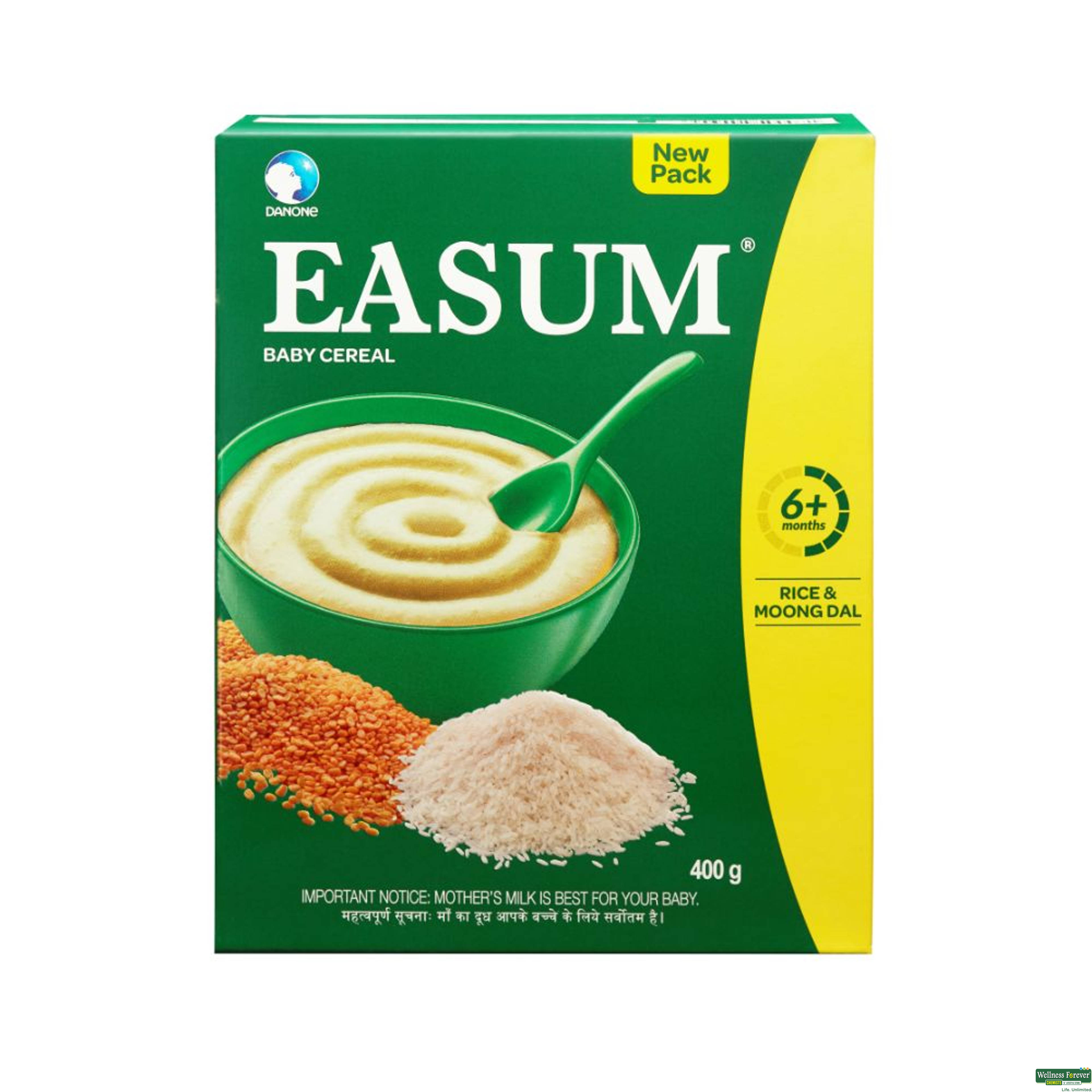Baby Food
FILTERS
Category
Brands
CERELAC
14
CEREGROW
3
APTAGROW
2
RAGI MALT
2
APTAMIL
1
EASUM
1
PUSHKARAJ
1
SIMILAC
1
Sort By
Baby Food

Pushkaraj Ragi Malt Dry Fruit 250g
₹99
Inclusive of all taxes
Delivery within

Pushkaraj Ragi Malt Mix Fruit 250g
₹99
Inclusive of all taxes
Delivery within
















